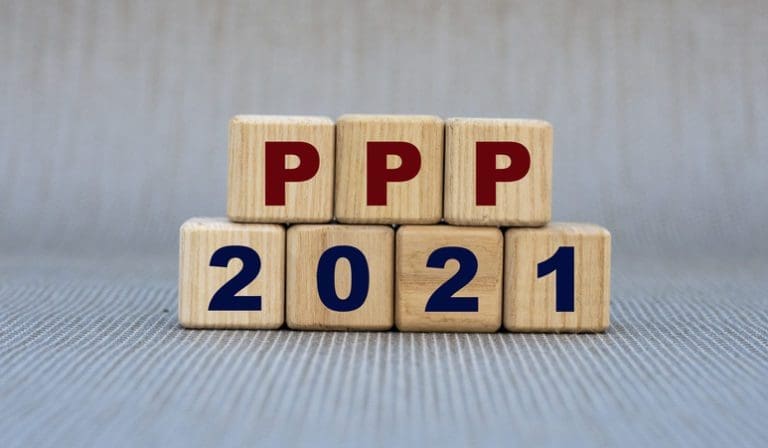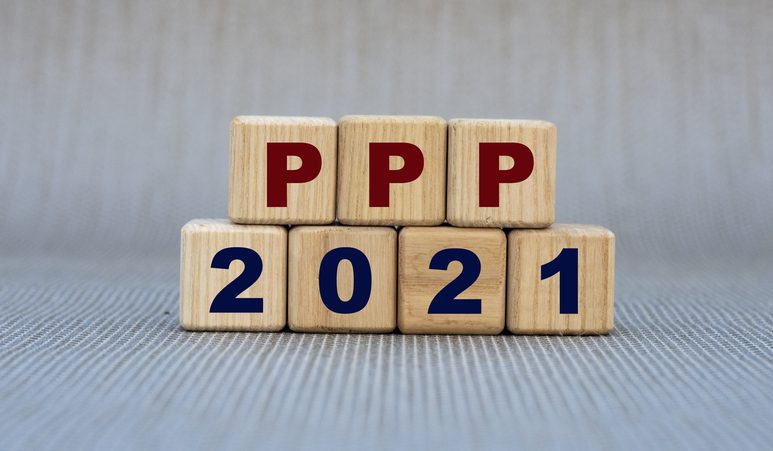The second (third?) round of the Paycheck Protection Program kicked off today and it was very different to when the initial program launched last April. Back then the program got off to a very rocky start. There has been no repeat of that today mainly because the SBA limited the types of lenders to community financial institutions who could submit loans today.
We covered the details of the PPP program last month and while the program is very similar to last year there are big differences with the way it is being rolled out. Instead of starting with the big banks this time the SBA decided that Community Development Financial Institutions (CDFI) and Minority Depository Institutions (MDI) would lead the way to ensure that minority-owned and underserved businesses get the first crack at applying.
Those businesses seeking their first PPP loan can apply today and then beginning Wednesday minority-owned business that are second-time borrowers can apply. It is expected by Friday that the program will open more broadly. One of the largest CDFIs is Sunrise Banks in Minnesota (they are also very active in fintech) and they have started accepting PPP applications.
To be clear, lenders of all sizes are accepting applications today. There is nothing stopping any small business that qualifies to submit an application to their lender, they just won’t be submitted to the SBA unless you are a minority-owned business applying through a CDFI or MDI.
Many of the Big Round One Lenders are Ready
Cross River Bank was third among all banks in the first round of PPP as far as number of loans made, trailing only JPMorgan Chase and Bank of America. They processed many loans directly but they also worked with dozens of partners, other banks and fintechs, where they were the lender funding the loans. I spoke with a representative there today who said they are gearing up for round two. They will be working with partners again and they have had their PPP pre-application in place for borrowers looking to work with them directly.
Customer Bank was another major player in the PPP. Their home page right now is all about the PPP describing three offerings: for new PPP borrowers, repeat borrowers and a new white label program. This latter program is new as they realized other banks needed help in offering PPP loans to their customers. They have already signed multiple banks on to this program including one of the largest banks that will be sending Customers Bank their overflow customers. There is very little integration needed to be part of this program, it consists primarily of just a link as Customers Bank handles the entire process.
Kabbage was the largest non-bank lender in the initial PPP program, originating around 300,000 loans. Since that time Kabbage has been acquired by American Express and they are yet to make new loans since the acquisition. An outgrowth of that acquisition was K Servicing created to service all existing Kabbage loans. Small business owners who took out a PPP loan with Kabbage will be able to apply for a second loan through K Servicing.
Lendio was another major player in the first round of PPP. CEO Brock Blake had a very high profile appearing regularly on TV and his Twitter feed became one of the best sources of information. Lendio is not a lender but they work with dozens of lenders and they have been taking preliminary PPP applications for a couple of weeks now. They will be hiring hundreds of workers to help process the flood of application for new PPP loans.
Biz2Credit offers both a white label lending solution, through Biz2x, as well as lending directly to small businesses. They can offer banks their Biz2X Accelerate SBA platform with full white label capabilities or they can help banks and non-banks earn referrals fees by offering a full outsourcing solution. According to their website they have over 350 banks already signed up.
There are dozens more fintechs and banks that will be working extremely hard over the coming weeks to ensure that small businesses get access to the funding they need to survive. The PPP is such a critical program and now that we have had nine months of experience the rollout should be much more smooth. Fintech lenders and banks are ready. Bring it on.



